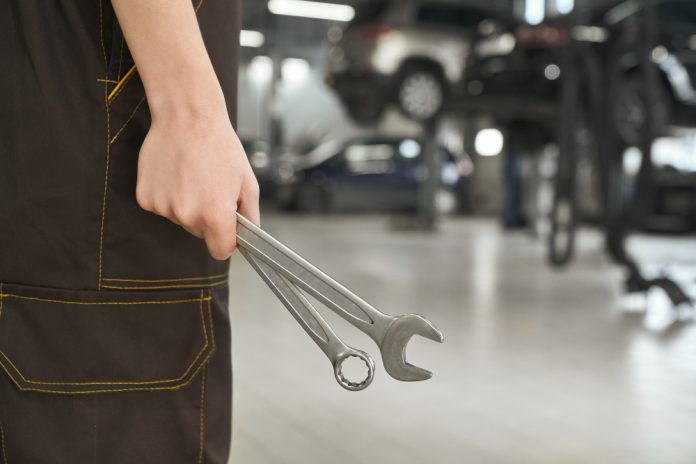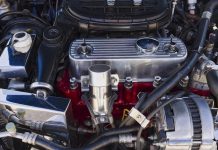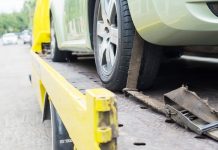Automotive repairs and customizations have come a long way, with modern tools and technologies enabling greater efficiency and precision. Among these advancements, pneumatic tools have become indispensable for both professional workshops and DIY enthusiasts. Their reliability, versatility, and ease of use have transformed the way repairs and customizations are carried out. From simple tasks like tire inflation to more complex processes like bodywork and engine repairs, pneumatic tools have streamlined many aspects of vehicle maintenance. This article explores the vital role pneumatics play in the automotive world, highlighting key tools and how they contribute to better results.
The Advantages of Pneumatic Tools
Pneumatic tools are powered by compressed air, offering several advantages over their electric counterparts. They are lighter, more durable, and often safer to use, especially in high-torque applications. For mechanics, this means less fatigue and greater control when working on vehicles. Tools like impact wrenches, ratchets, and grinders are faster and more efficient when powered pneumatically. Additionally, their simplicity and fewer moving parts make them less prone to wear and tear, which allows them to reduce long-term maintenance costs. These benefits make pneumatic tools a preferred choice for both repairs and intricate customizations in the automotive industry.
Applications in Repairs
When it comes to automotive repairs, pneumatic tools are a game-changer. Tasks such as loosening stubborn bolts, removing rusted components, or cutting through metal are made significantly easier. For instance, an air-powered impact wrench can apply the high torque needed to remove a wheel nut effortlessly, saving time and physical strain. Similarly, air hammers and chisels are indispensable for body repairs. They allow mechanics to reshape or cut metal with precision. By improving speed and accuracy, these tools enhance productivity and ensure the highest standards of workmanship in auto repairs.
The Role of Versatile Systems
In addition to the tools themselves, the systems powering them play a significant role. Compressed air systems provide the consistent air supply necessary to operate multiple tools efficiently. These systems are the backbone of any well-equipped workshop, whether inflating tires or running pneumatic lifts. Their versatility allows mechanics to seamlessly switch between tasks like sanding, painting, or grinding without interruptions. Compressed air systems ensure a reliable source of power, and as a result, they contribute to the smooth operation of repair and customization processes across automotive facilities.
Precision in Customizations
Customizing a car requires both creativity and precision, and pneumatic tools excel in these areas. Tasks like painting, airbrushing, and cutting intricate patterns are made easier with air-powered tools that deliver consistent performance. For example, spray guns powered by air compressors ensure even paint application, which creates a flawless finish. Similarly, air-powered grinders and polishers allow for meticulous detailing work. Whether upgrading an exhaust system or installing a custom spoiler, pneumatic tools provide the accuracy needed to achieve a professional result, ensuring customer satisfaction with every job.
Safety and Efficiency
Pneumatic tools are designed to operate without the risk of electrical hazards, which makes them safer in environments where liquids like oil or water are present. Additionally, they minimize the strain on mechanics by reducing physical effort. So, technically, they allow for longer and more productive workdays. Paired with proper training and maintenance, pneumatic tools ensure that workshops operate efficiently and adhere to high safety standards, which protects both workers and vehicles.






